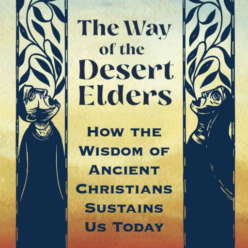Have you noticed that Honesty is sometimes confused for speaking out in a tactless way? Being “true to our feelings” can reveal the worst parts of ourselves.
Circumstantial Goodness
My goodness (shown in how I think, speak, or act) is too often circumstance or feelings based. Is that true for you? We may treat someone well, if we feel well and good, or if we fear the consequences of skipping out on kindness. Those two things, however, are not goodness or good character sourced from a deeper, formative level. They don’t reveal goodness engrained in our true selves.
FAKING IT?
While, I will not advocate deception, phony pretense, or falsehood, there is something to be said for acting and speaking in a most virtuous way, until our thinking catches up with it. In other words, do the right thing so often that it becomes the new normal for you.
So, it’s actually the idea of acting (living/interacting) from our “best self”, not from a fabrication.
Example:
Say you struggle with keeping a positive attitude: Try putting on a positive attitude until your way of behaving is difficult to separate from who you are…until your thinking changes. “Wear” a sanguine attitude, until you forget that you’re wearing it, and it becomes an extension of you. Think of it like how you would put on and wear a coat over your regular clothes during cold weather until you feel warm. (For me this would involve a hooded coat.)
Do it until you feel it… or ” option 2 “
I’ve usually advocated the opposite of what I have just said. I’ve thought its best to, “Get your thinking right, and then enact it.” But, you know what? Sometimes we’re just not “there” yet. Sometimes too many circumstances, or unmanageable sentiments block this from happening easily. Now, it seems we can get there from either side, and this, my friends, is good news indeed!
In Christian spiritual formation, we implement practices, concepts, and awareness of that which stimulates Sanctification (a.k.a. the process in which we develop into God-like (Good, like God) people through-in-through. We also consider: “What are God’s qualities?” One that stands out is perfect goodness. This perfect goodness is never based on feelings or circumstances when it’s attributed to God. It simply IS.
Thanks for reading today. I can almost hear the gears moving in your mind, so remember, your comments are welcome.
What can you tell us about feeling/thinking good before doing, or the other way around…doing before we’re feeling it? How does it work for you?
Verse of meditation: Colossians 3:12-14
Therefore, as God’s chosen people, holy and dearly loved, clothe yourselves with compassion, kindness, humility, gentleness and patience. Bear with each other and forgive whatever grievances you may have against one another. Forgive as the Lord forgave you. And over all these virtues put on love, which binds them all together in perfect unity.





